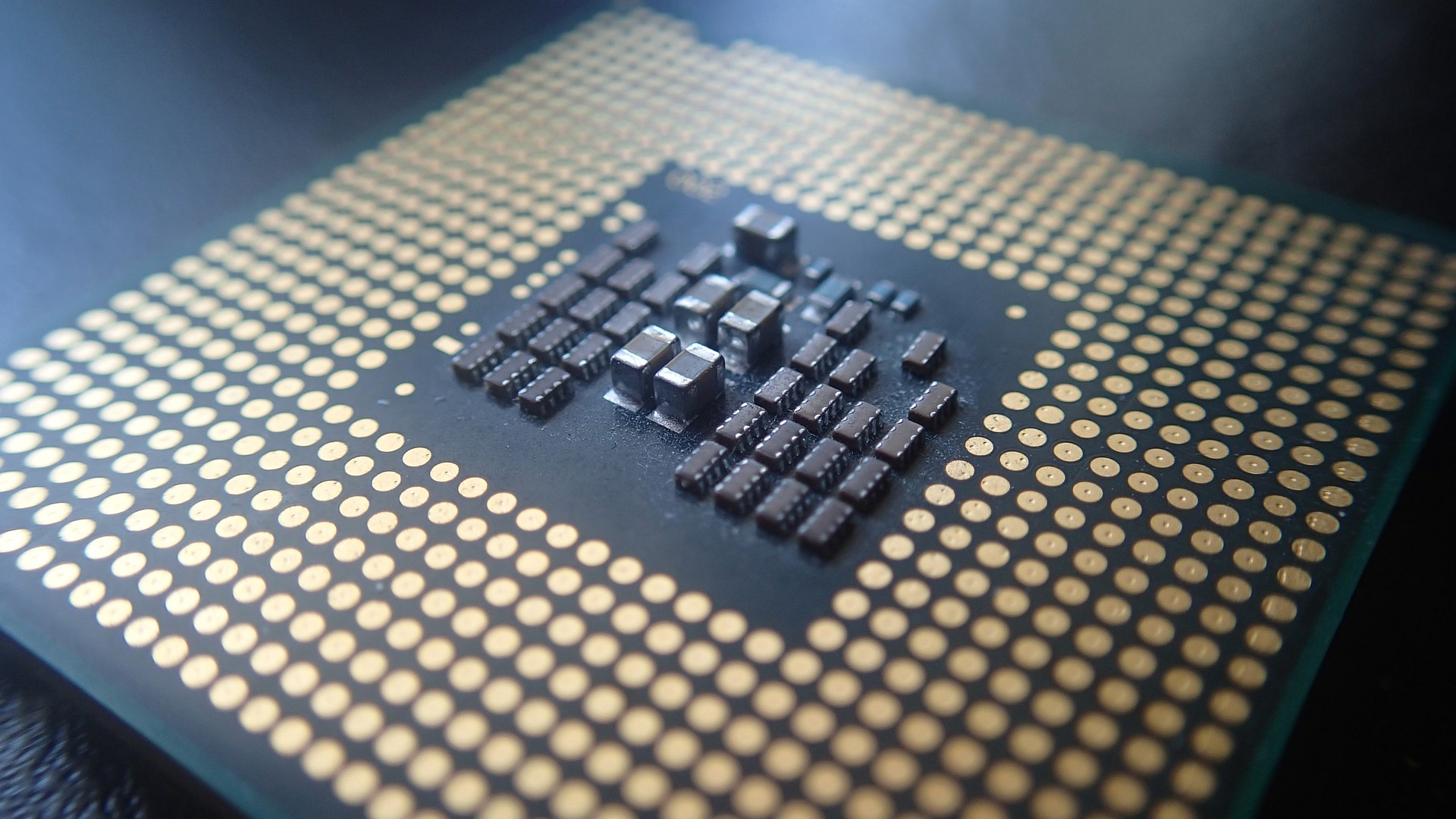The Era of E-Ink: The Future of Display Technology
E-Ink is quietly transforming the technology landscape, shaping the way we interact with digital displays. With its energy efficiency and paper-like reading comfort, E-Ink is poised to revolutionize our screens, from e-readers to smartwatches. Let's delve into the world of E-Ink, its origin, development, and its potential to redefine the future of display technology.

The Genesis of E-Ink
E-Ink, short for Electronic Ink, was born out of an idea at MIT’s Media Lab in the late 90s. The concept was to create a display that mimicked the appearance of ink on paper, providing a comfortable reading experience without the strain of traditional backlit screens. The technology uses millions of tiny microcapsules, each containing positively charged white particles and negatively charged black particles. When an electric field is applied, these particles move to the top or bottom of the capsule, creating the appearance of text or images.
E-Ink in Today’s World
E-Ink initially found its primary application in e-readers, with Amazon’s Kindle being the most prominent example. The technology’s ability to replicate the reading experience of physical books made it an immediate hit. Today, E-Ink has expanded into other sectors, including digital signage, smartwatches, and even smartphones. The Yotaphone, for instance, integrates an E-Ink display on its back, offering a unique dual-screen experience.
The Advantages of E-Ink
The strength of E-Ink lies in its energy efficiency and readability. Unlike traditional LCD or OLED screens, E-Ink only uses power when the display changes, making it incredibly energy efficient. This attribute allows devices like e-readers to boast battery lives that can last weeks on a single charge. Furthermore, E-Ink screens reflect ambient light rather than emitting it, reducing eye strain and offering an experience closely resembling reading on paper.
The Future of E-Ink
As we look to the future, E-Ink has massive potential for growth. The advent of color E-Ink, known as E-Ink Kaleido, breathes new life into the technology. While still in its infancy, color E-Ink promises to bring the benefits of E-Ink to a broader range of applications, such as children’s e-books and digital magazines.
Moreover, advances in flexible E-Ink displays open up new possibilities for wearable technology. Imagine a smartwatch that wraps around your wrist like a bracelet, or a smartphone that folds into your pocket like a wallet. With E-Ink, these futuristic scenarios could become a reality.
Estimated Market Impact and Price Range
As E-Ink expands its reach, the market for E-Ink displays is expected to grow significantly. According to a report by Market Research Future, the E-Ink display market is projected to reach $28.87 Billion by 2023, growing at a CAGR (Compound Annual Growth Rate) of 6%.
In terms of pricing, E-Ink devices tend to be more affordable than their LCD or OLED counterparts, thanks to their simpler construction and lower power consumption. As the technology matures and mass production increases, we can expect these prices to become even more competitive.
In conclusion, E-Ink is an exciting display technology that offers a unique blend of comfort, energy efficiency, and versatility. As it continues to evolve and find new applications, E-Ink has the potential to redefine our relationship with digital screens and pave the way for a new era of display technology.




